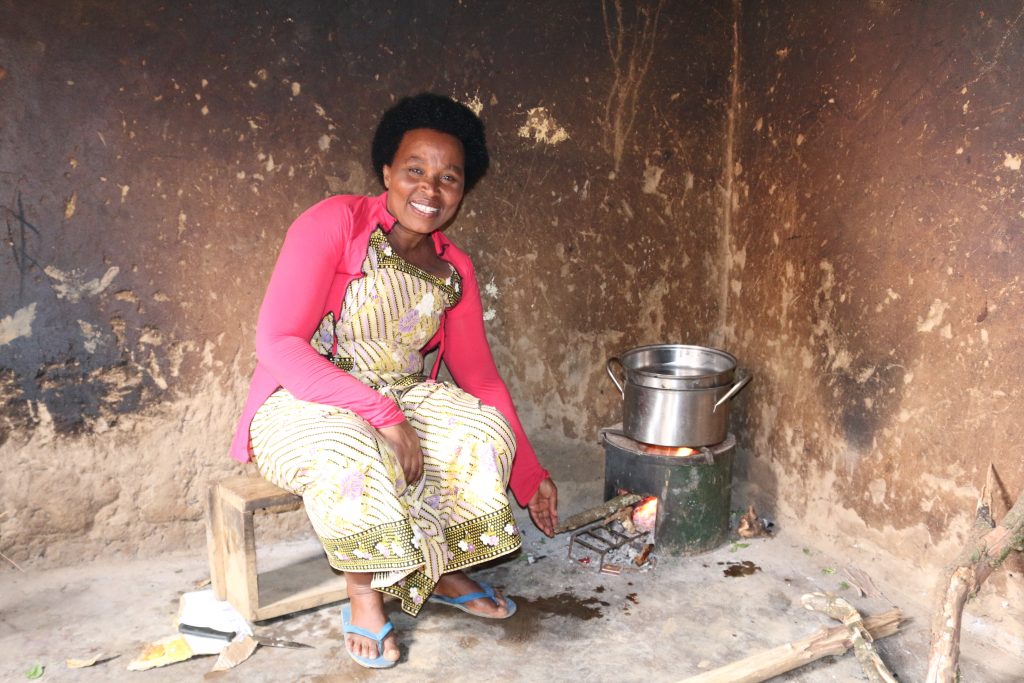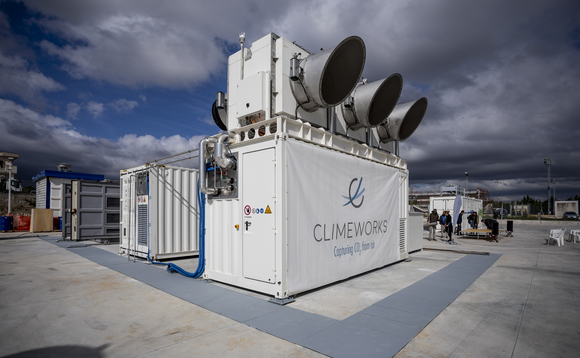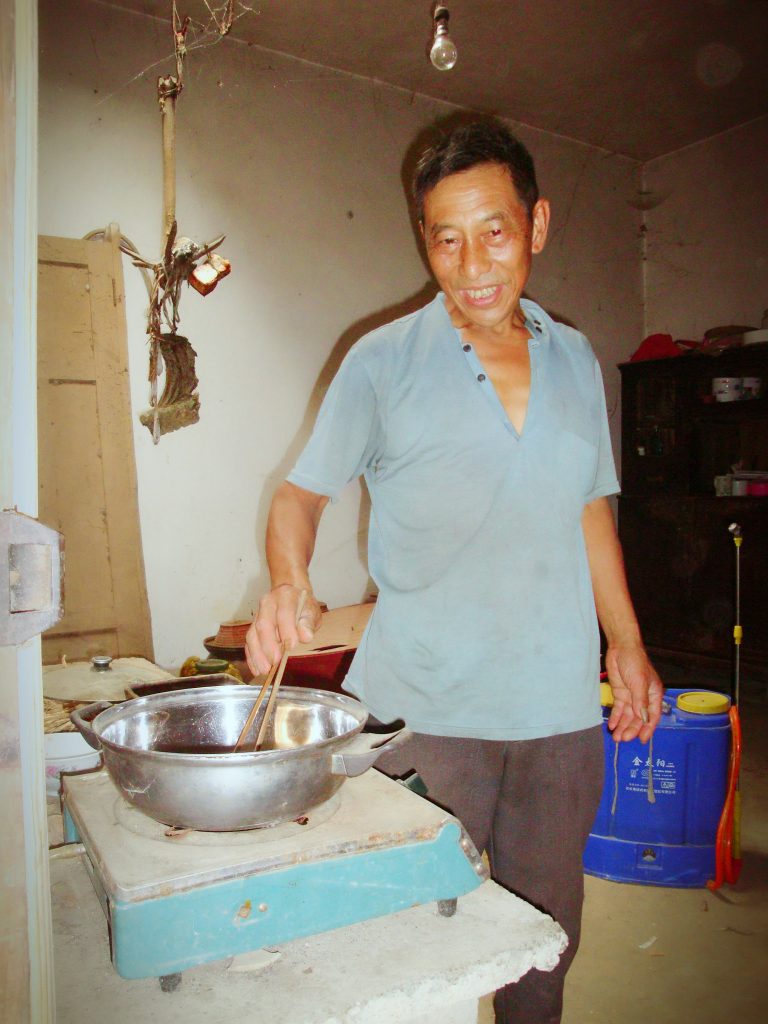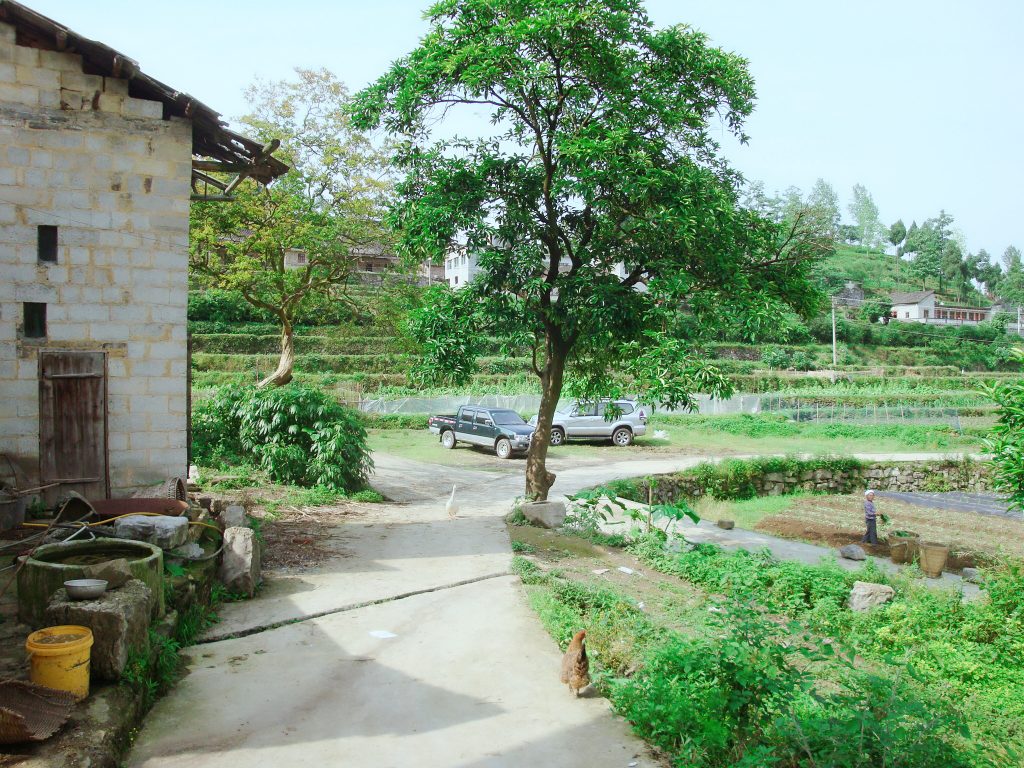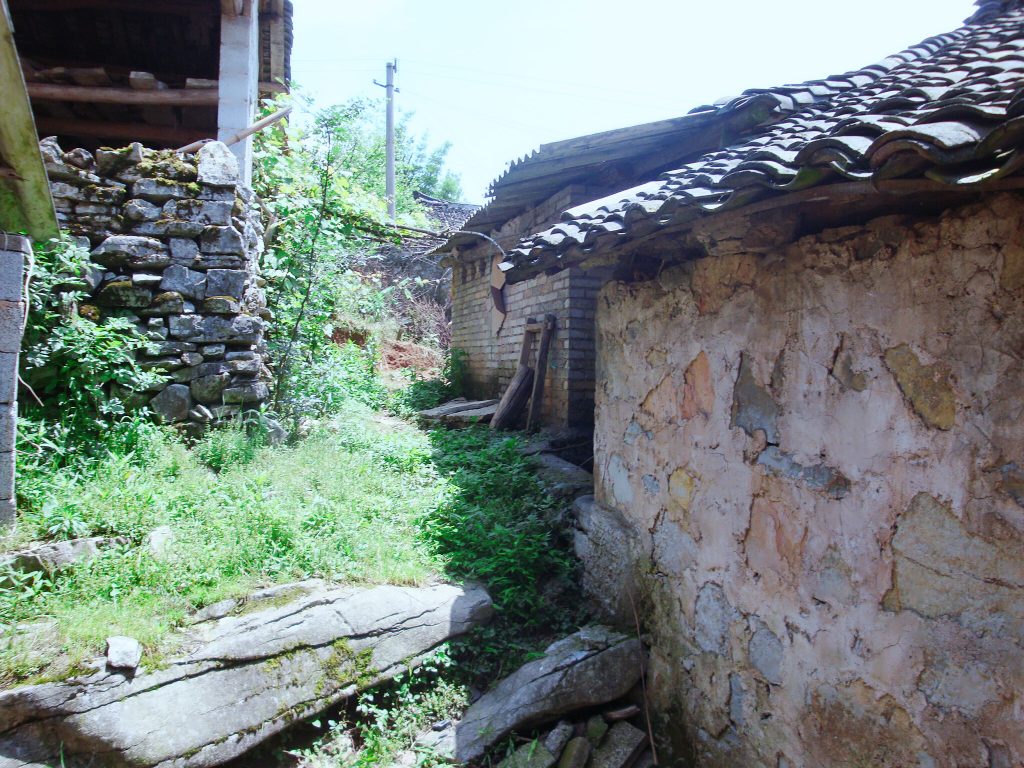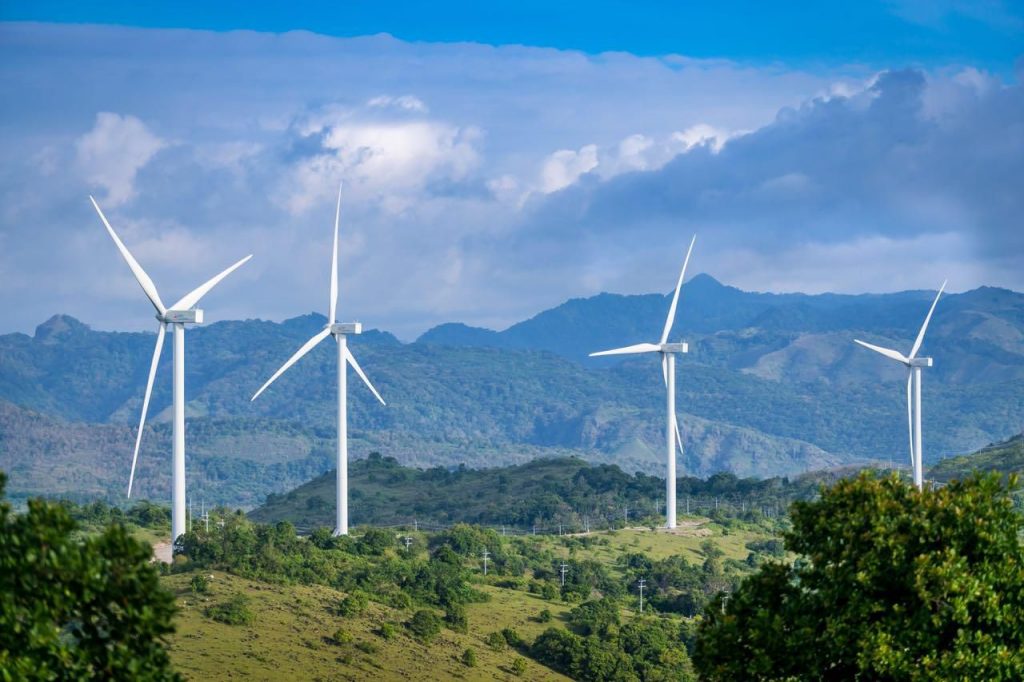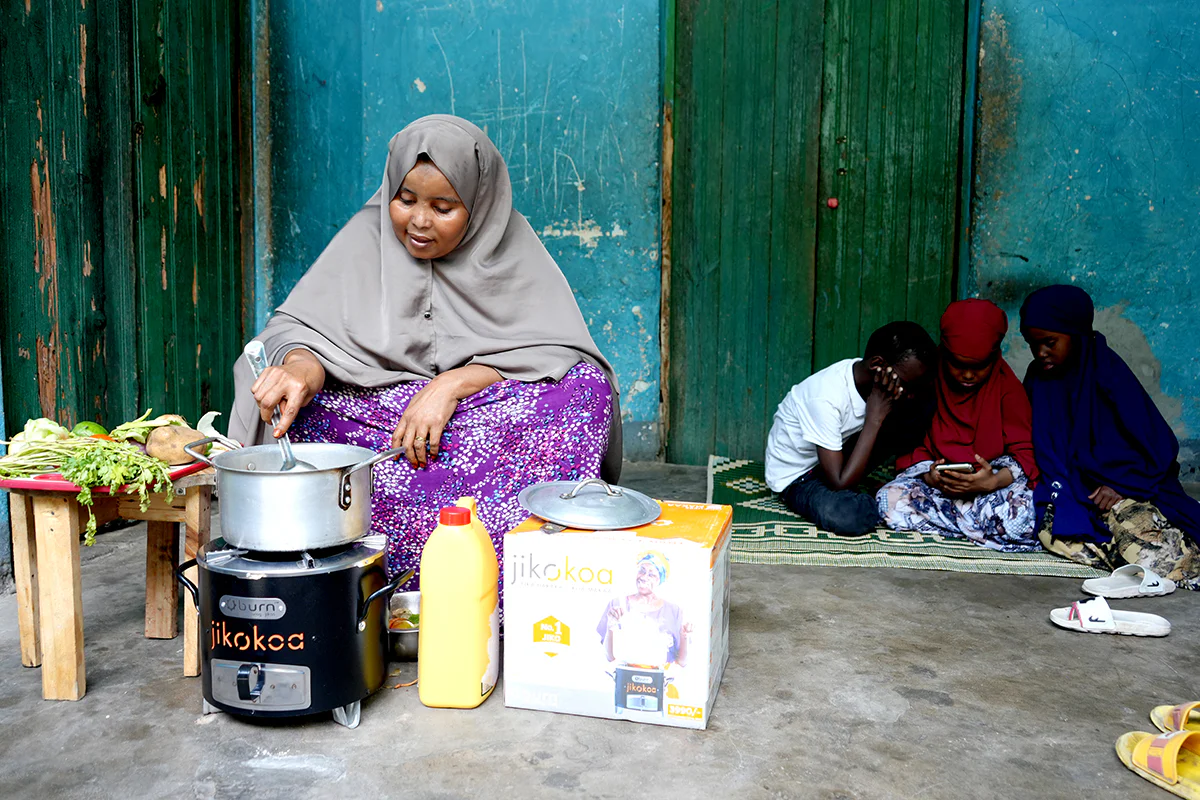
In Somalia, where climate challenges intersect with economic hardship, a cookstove climate project is creating lasting change. BURN Manufacturing’s initiative demonstrates how strategic climate financing can transform communities while combating environmental degradation.
The Challenge: Why Somalia Needs Climate Project Investment
Somalia presents a compelling case for climate financing. Nearly 11 million people lack access to electricity. Traditional biomass accounts for 80 to 90 percent of energy needs. This dependency drives alarming deforestation rates in an already fragile ecosystem. Only 10.5 percent of the country remains covered in forests, with 35,000 hectares being lost each year. More than half of the population lives below the poverty line.
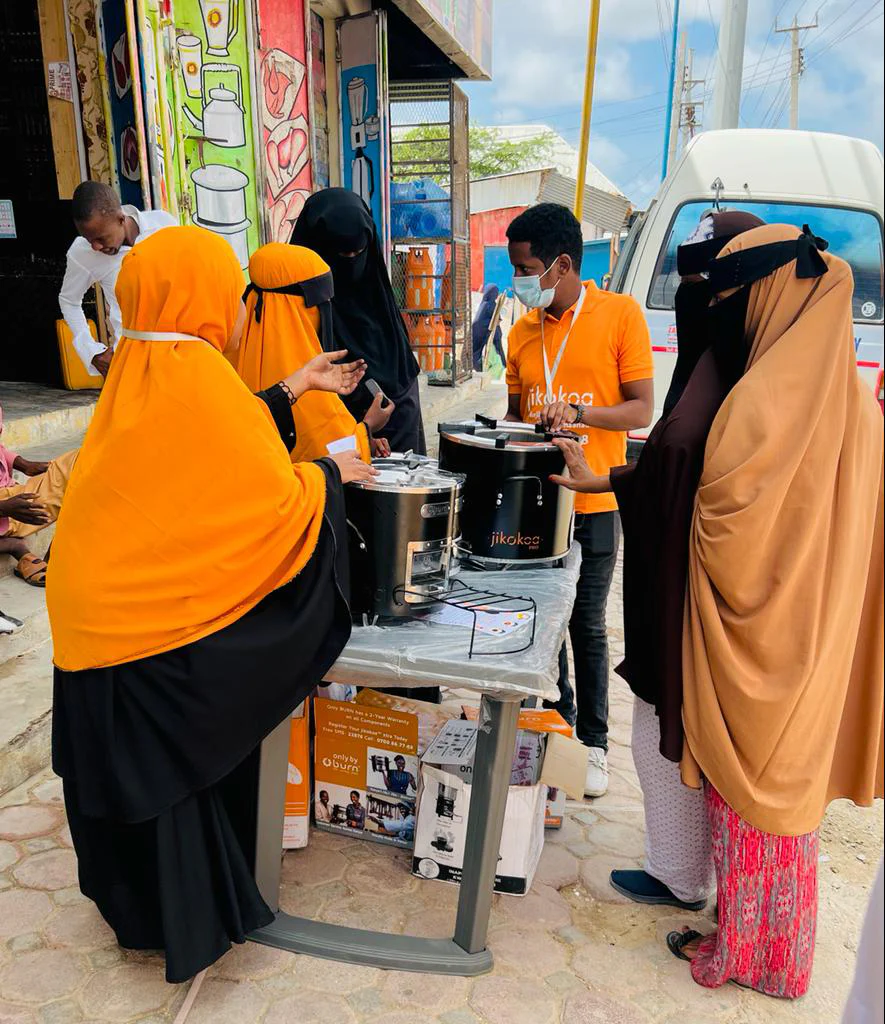
A Revolutionary Climate Project Solution: The JIKOKOA Stove
At the heart of this climate project is the JIKOKOA, a fuel-efficient biomass stove. All the stoves are manufactured by BURN in Kenya. The innovative technology of the stove delivers remarkable results:
- 64% reduction in charcoal consumption
- 65% decrease in indoor air pollution
- Significant reduction in smoke-related health issues
Measurable Climate Project Impacts Since 2019
The success of this climate financing initiative is evident in its impressive metrics:
- 118,954 stoves distributed
- 2 million lives positively impacted
- 1.6 million tons of wood preserved
- 1 million ton of CO2 emissions prevented
Sustainable Development Goals and Climate Financing Success
This climate project aligns with multiple SDGs, demonstrating the comprehensive impact of well-structured climate financing:
Climate Action
The JIKOKOA’s reduction in fuel consumption directly contributes to limiting CO2 emissions. Since 2019, this climate project has prevented 1 million tons of CO2 emissions while actively combating deforestation.
Poverty Reduction
Independent research by the University of Chicago and UC Berkeley validates the JIKOKOA as an outstanding investment for families. The cookstove contributes to 45 percent of monetary savings related to the purchase of charcoal.
Affordability is reportedly one of Somalia’s most significant barriers to adopting and using clean cooking. According to Somali Integrated Household Budget Survey in 2022, 54.4% of Somalis live below the poverty line and according to UN that number is almost 70%. Carbon financing has been used to subsidize the project stove costs by up to 35.48% (a reduction in the stove price from $31 to $20).
Health Improvements
According to the Clean Cooking Alliance, traditional cooking methods cause 3 million premature deaths annually. This climate project addresses this crisis by reducing indoor air pollution by 65%, with documented health improvements among users.
Economic Development
BURN Manufacturing operates from solar-powered facilities in Kenya. This climate financing success story has created 125 local jobs while expanding distribution networks across Africa.
Project Verification
This climate project is verified by the Gold Standard Impact Registry, ensuring accountability and transparency in climate financing. Available carbon credits come from the 2023 vintage period.


